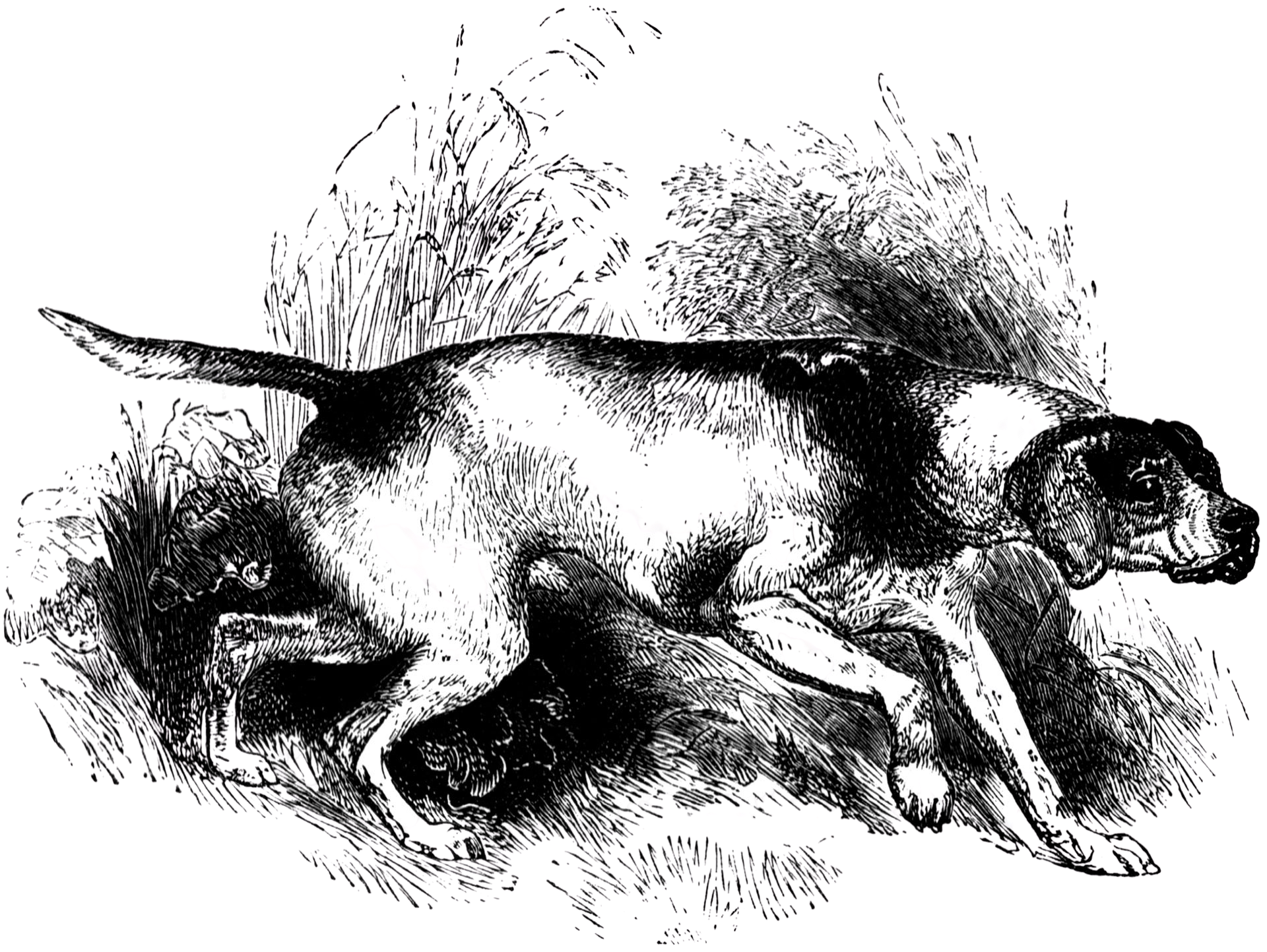The search
Truffle
A man and his trusty dog, the woods and the hills, a timeless passion.

In Piedmont the truffle searcher is called, in dialect, “trifulau”, “trifolao” or “trifulè” (hence the name of our company “Dal Trifulè” which literally means “at the searcher’s place”).
The hunter must have some fundamental skills for a fruitful search, including: excellent knowledge of the territory in which he moves, observation skills, the intuition in recognizing the best places, skilled hands when the time comes to extract the truffle from earth and above all a good dog and an excellent understanding with the latter.
At the beginning of the 1900s, in our lands (Langhe, Roero and Monferrato), the activity of truffle hunter served to supplement the income of a still poor agriculture, a contribution to the domestic economy.
This peculiarity, with all the evolutions, remains rooted even today. The activity, in fact, is often concentrated at night, partly to remain hidden from other seekers with the favor of the dark, partly because during the day they have a regular job.
Although it is not at all simple, there are some seekers who manage to make this a full-time job… do not be enticed, it is a job that requires great experience!
Requirements
To carry out the activity you must be certified seekers, holders of the card that you receive upon passing a specific exam.
Unauthorized search, or poor compliance with the rules and codes that regulate research, is leading to a gradual increase in environmental degradation, which in turn leads to a constant decrease in land productivity.
In order to try to remedy the reckless conduct of some prospectors, the harvesting periods of the single commercialized species have been scheduled.

The dog
As anticipated, the help of the dog is essential in research, which is chosen and trained from an early age to seek.
The best dogs have excellent stamina, a developed sense of smell and a lot of obedience.
Among the most common canine species, the spinone, the bracco, the pointer and the lagotto stand out.
However, the prospector’s companion is hardly a pedigreed specimen: the favorites are the small-medium sized mongrels, those that in Piedmont we affectionately call “tboj”.
The predilection for mestizos is related to a “popular voice” that considered them more resistant, alert and with a better nose than purebred dogs.
A gender preference is for females considered more tame and easily trainable.
Dogs can be bought already trained, or trained by oneself. To train a dog for truffles, more techniques are used such as taking it with a more experienced dog, making him exercise first at home with truffle crumbs, oil-soaked strokes with ground truffles.
Training, to create a good dog, must take place as a puppy; in adulthood it is possible, but much more complicated.
The kit
The searcher’s kit is simple and sparse, often consisting of:
- a curved stick to hold onto the steepest slopes and push the ground by probing it;
- a torch to shed light on the points where the dog goes and begins to dig;
- a tool such as a hoe in the North or a small spade in Central and Southern Italy, to finish the dog’s work by carefully and delicately extracting the truffle;
- a basket or saddlebag to store the harvest;
- some food, especially as a treat and comfort for the dog.
In autumn, the peak season of the activity, regular clothing includes woolen trousers or thick jeans, hiking shoes, multi-pocket hunting vests, warm fleece sweater, k-way, scarf and hat to protect against humidity.
Having a satellite navigator or at least a compass behind it is recommended for everyone, even the most experienced.
The calendar
Each variety has its own ripening time
Each type of truffle has its own specific maturation period and soil and the harvest times are established, year by year, by specific regional laws.
Here is an indicative calendar of the truffle harvesting periods in Italy:
-
Fine White truffle
from September 10 to January 31 -
Fine Black truffle
from 1st December to 15th March -
Moscato truffle
from 15th December to 15th March -
Black truffle
from 21 September to 31 December -
Black Winter trufflee
from 15th December to 15th March -
Scorzone
from 1st June to 31st August
from 21st September to 30th November
The collection of truffles is prohibited for all species from 1st to 31st April and from 1st to 20th September.
